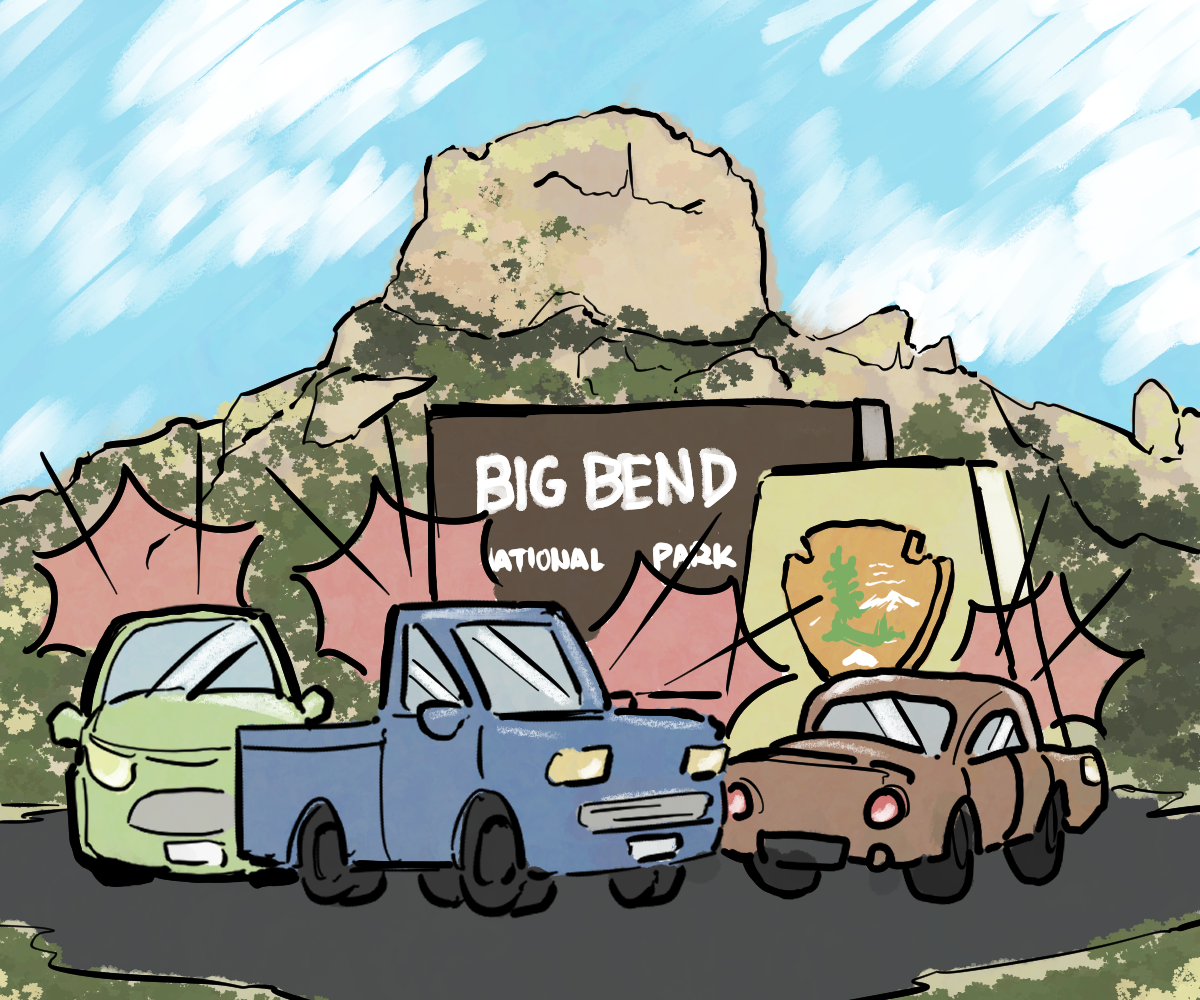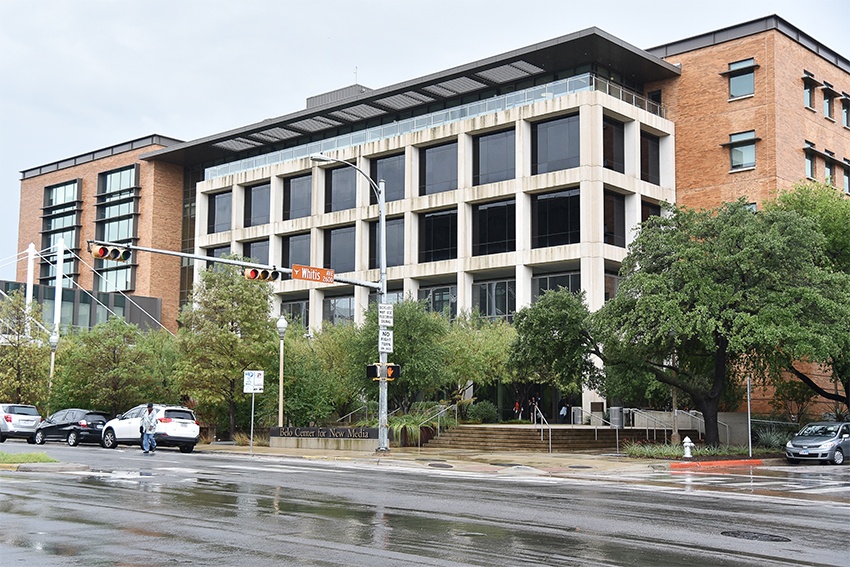New research shows North American mountain ranges were once side-by-side to those in Antarctica, says a UT professor.
A multi-continent group of researchers found a group of rocks from Coats Land in East Antarctica which were 1.1 billion years old, exactly the same age as only two other rock units on the planet, one in Africa and the other in North America, said Ian Dalziel, professor in the department of geological sciences.
He said this discovery was evidence of a supercontinent called Rodinia, older than the better-known 200 million-year-old supercontinent Pangaea.
Dalziel said an analysis of lead isotopes revealed the rocks from Antarctica had an identical composition to those from North America, but not to the African rocks, concluding they were the continuation of a belt of rocks that extends from the Great Lakes to western Texas.
Study of the history of the Earth’s magnetic field in rocks also indicated Antarctica may have been located in the same latitude as North America at this point in time, he said.
According to the study, the similarity with the African rocks may be because of a collision between them and North America at a similar time, but it is unknown when they separated.
“It is likely that this little piece of Antarctica is a fragment of North America that got broken off and left behind when North America moved away from Antarctica,” Dalziel said.
He said this was the first specific evidence confirming the 20-year-old SWEAT hypothesis, which said East Antarctica was next to North America before the opening of the Pacific Ocean basin.
Dalziel said continents move because the low-density solid crust that rests above is driven by currents in the liquid mantle.
“It’s a timescale over hundreds of millions of years, it goes back to the amalgamation of a supercontinent we believe took place about a billion years ago,” Dalziel said.
Dalziel said studying the time period between 1 billion and 550 million years ago is particularly interesting because it signaled critical changes in the planet, including the sudden appearance of multi-cellular organisms.
“We’re trying to understand what was driving the planet, and what was potentially driving the development of life in the planet in that time interval,” he said.
Geochemist Staci Loewy led the study. She attended UT and studied with Dalziel, and she now works at California State University, Bakersfield.
“I can go to the Franklin Mountains in West Texas and stand next to what was once part of Coats Land in Antarctica,” Loewy said in a press release.



















